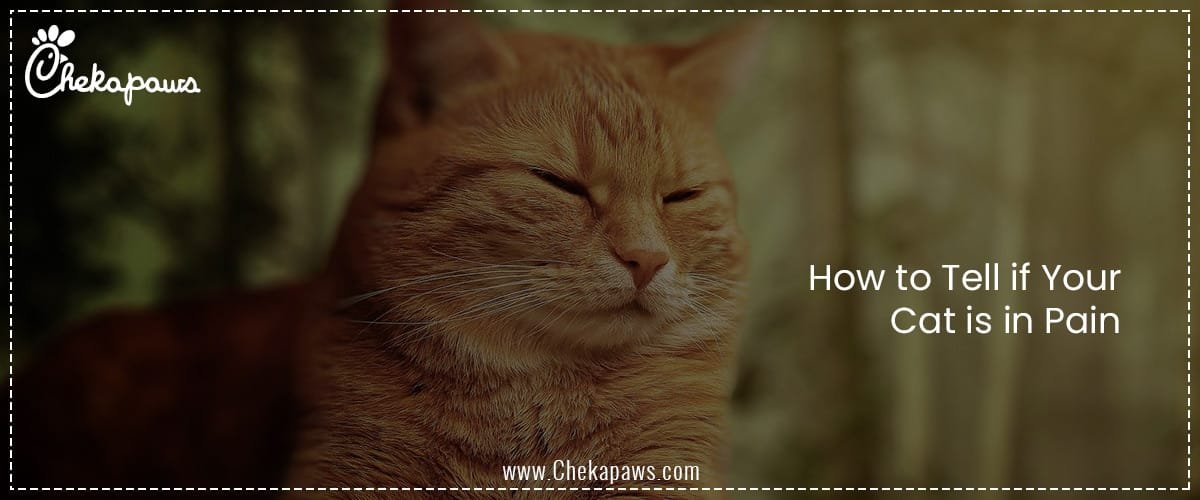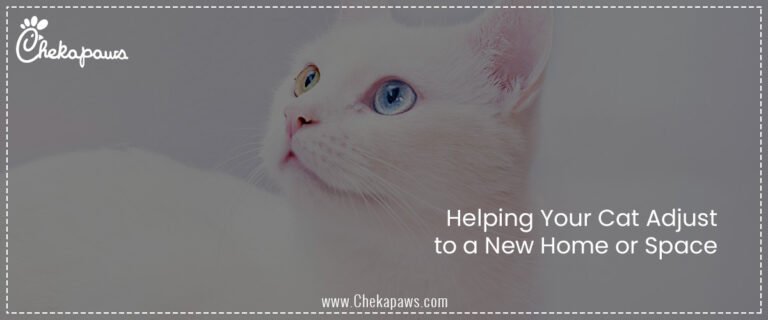As a pet parent, I am aware that cats are renowned for being stoic animals. Cats tend to hide their distress, in contrast to dogs, who may scream, whimper, or demand attention when they are harmed. Their wild history is the source of this behavior, displaying weakness could expose them to predators. Because of this, a lot of cat owners find it difficult to tell when their pet is in discomfort.
Protecting your cat’s health and wellbeing requires being able to spot minute changes in behaviour, posture, and habits. This comprehensive book, which is more than 6000 words long, will help you comprehend the various ways cats express pain, why they conceal it, and how, as a responsible pet owner, you may react to it.
Table of Contents

Why Cats Hide Pain
Pain is naturally hidden by cats. Any indication of weakness in the wild could lead to their either attacked upon or losing their position of leadership within the group. This survival instinct is still present in domesticated cats, making it challenging for pet owners to identify problems.
Knowing this allows us to change our viewpoint: if a cat is clearly in pain, it is probably quite uncomfortable.
Common Causes of Pain in Cats
Being aware of the things that cats may find painful might help you identify possible problems.
- Sprains, fractures, bites, and scratches are examples of injuries.
- Dental diseases include abscesses, gingivitis, and tooth decay.
- Arthritis: More prevalent in elderly cats.
- Infections include respiratory and urinary tract infections.
- Internal illnesses include cancer, pancreatitis, and kidney disease.
- Recovery from surgery: Discomfort following surgery.
- Skin problems include dermatitis, wounds, and allergies.
Behavioral Signs of Pain
Cats often show discomfort by changing their behavior
- Withdrawal: More hiding than normal.
- Aggression: Biting, swatting, or hissing in response to physical contact.
- Clinginess: The need for continual confirmation.
- Restlessness: Frequently changing positions or pacing.
Physical Signs of Pain
Although they can be subtle, physical clues are important
- Avoiding certain actions or limping.
- A poor posture or tense muscles.
- Shallow or fast breathing.
- Pupils that are dilated, even under intense light.
- Lashing or flicking the tail.
Changes in Mobility and Posture
Cats in pain may
- Avoid from hopping on furniture.
- Have trouble climbing stairs.
- Sleep or sit in odd positions.
- Move slowly or firmly.
Vocalizations and Communication
Cats often don’t talk about suffering, however some might
- Meow more frequently or in a different way (distressed or low-pitched).
- Hiss or growl in response to contact.
- Excessive purring, occasionally as a self-calming technique.
Changes in Grooming Habits
Changes here are significant since cats are careful groomers
- Overgrooming difficult areas, which results in bald spots.
- Completely ignoring grooming, which leaves the coat untidy.
Eating, Drinking, and Litter Box Changes
Daily routines are frequently impacted by discomfort
- Giving up food or refusing meals because of oral pain.
- Depending on the situation, drinking more or less.
- Constipation or a UTI could be the cause of the straining or sobbing in the litter box.
- completely avoiding the litter box.
How Pain Differs by Age and Condition
- Kittens: When in pain, they cry louder.
- Adult cats are better at hiding their distress.
- Elderly cats are more prone to have chronic illnesses, dental issues, or arthritis.
Pain Scales and Veterinary Tools
To assess discomfort, veterinarians use instruments such as the Feline Grimace Scale, which evaluates facial expressions such ear position, eye squinting, and whisker changes.
When to See a Veterinarian
You need to call a veterinarian if you observe
- Sudden or severe behavioral changes.
- Persistent problems with movement or limping.
- Refusal of food for longer than twenty-four hours.
- Aggression or tears when touched.
- Any swellings or wounds that cannot be explained.
How Vets Diagnose Pain in Cats
Vets combine
- Physical examination (checking teeth, feeling joints).
- Imaging (ultrasounds, X-rays).
- Tests on the blood to rule out internal problems.
- Observation in a medical environment.
Treatment Options for Pain
The cause determines the procedure of treatment
- Medication: Painkillers (cats should never be given human painkillers).
- Surgery: For dental problems, tumours, or fractures.
- Dietary restrictions: For illnesses such as kidney disease.
- Mobility aids and supplements are used to manage arthritis.
Natural and Supportive Therapies
- Chronic pain has been shown to be relieved with acupuncture.
- Stiffness is relieved with massage and light stretching.
- Cats with arthritis can find comfort with heat pads.
- Changes in the surroundings: soft bedding, ramps.
Myths About Cats and Pain
- Myth: A cat isn’t in discomfort if it’s eating.
- Fact: Despite extreme discomfort, a lot of cats will keep eating.
- Myth: Unlike us, cats do not experience pain.
- Fact: Our nervous systems and theirs are remarkably similar.
How to Comfort a Cat in Pain
- Provide a calm, secure environment.
- Keep basics close at hand, like as food, water, and a litter box.
- If your cat doesn’t want attention, don’t handle them too much.
- Make use of warmth and cozy bedding.
Long-Term Management of Chronic Pain
Regarding diseases such as arthritis
- Joint tension is decreased with weight management.
- Supplements for joints (glucosamine, omega-3s).
- Routine veterinary examinations to modify care.
- Environmental changes (lower-sided litter boxes, ramps).
Preventing Pain Through Proper Care
- Yearly veterinary checkups.
- Routine dental cleanings.
- A secure indoor setting to avoid accidents.
- Control of parasites and vaccinations.
Case Studies: Real-Life Examples
- A senior cat with arthritis, Misty—She stopped jumping onto her favorite chair, as her owner observed. After X-rays showed that she had arthritis, she was able to feel better with nutrients and ramps.
- When Oliver, the energetic kitten, was picked up, his sudden hostility resulted in the discovery of a fractured rib following a tumble. He avoided persistent discomfort thanks to early therapy.
Conclusion
Cats are quite good at hiding their discomfort, but if you look closely, you can see their wordless pleas for assistance. You can identify early symptoms of pain and seek prompt veterinarian care by being aware of behavioural, physical, and routine changes.
Whether a cat suffers in silence or lives a longer, healthier, and more comfortable life depends on your attentiveness.







